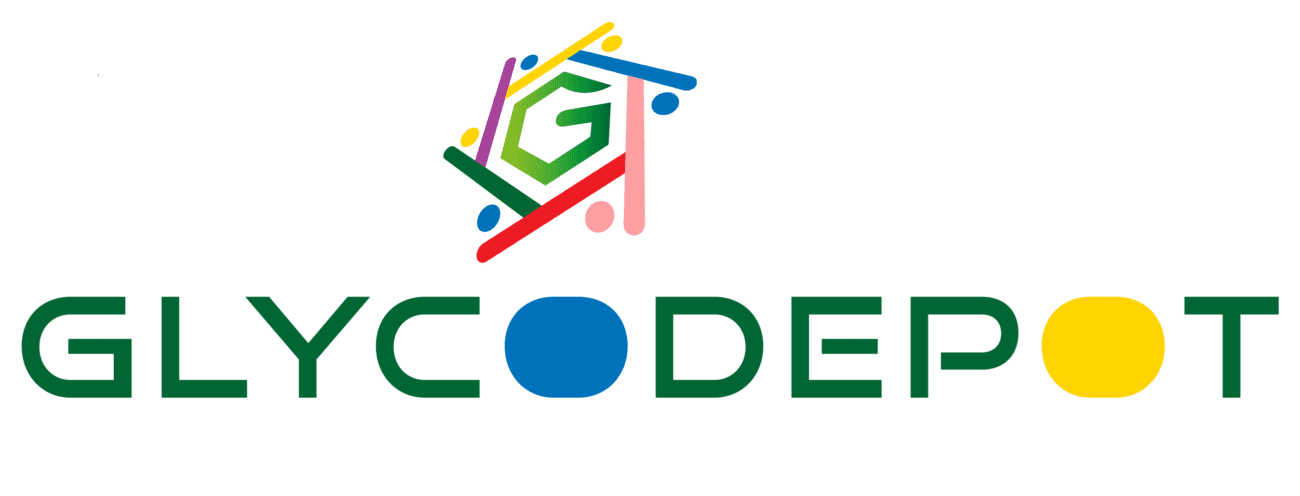2,3,4,6-Tetra-O-acetyl-α-D-glucopyranosyl fluoride is a chemically modified sugar derivative featuring acetylation at the 2nd, 3rd, 4th, and 6th hydroxyl groups of the α-D-glucopyranose ring and a fluorine substituent at the anomeric position (C1). This white crystalline solid is a key intermediate in carbohydrate chemistry, widely used for the synthesis of glycosyl fluorides, which act as powerful glycosyl donors in glycosylation reactions. The fluorine atom enhances the compound’s stability and modifies its reactivity, facilitating the formation of glycosidic bonds with controlled stereochemistry. Its acetyl protections support synthetic versatility and stability during chemical transformations. The compound plays a pivotal role in medicinal chemistry and glycobiology, serving as a precursor for the synthesis of fluorinated oligosaccharides, glycomimetics, and biologically relevant glycoconjugates. Additionally, it is valuable for enzyme mechanism studies and the development of glycosylation-based diagnostic and therapeutic agents. Supplied with high purity and stringent quality control, it is stable under appropriate storage conditions, enabling extensive application in research and pharmaceutical development.
IUPAC Name
- 2,3,4,6-tetra-O-acetyl-α-D-glucopyranosyl fluoride
Appearance
Source
- Chemically synthesized by fluorination of acetyl-protected D-glucopyranose derivatives through controlled lab procedures
Molecular Weight and Structure
- Molecular Formula: C14H17FO9
- Molecular Weight: 350.27 g/mol
- Structure: Glucopyranose ring in α-configuration with acetyl groups on C2, C3, C4, and C6 and fluorine substituent at C1
- SMILES: CC(=O)O[C@@H]1OC(OC(C)=O)C@@HC@@H[C@H]1F
Sugar Specificity
- Fluorinated α-D-glucopyranosyl derivative used extensively as a glycosyl donor in regio- and stereoselective glycosylation reactions
Biological Activity
- Serves as an essential synthetic precursor for fluorescent glycosides and glycomimetics
- Enables biochemical studies of glycosyltransferases and glycosidase specificities
- Valuable in drug design and diagnostic imaging agent synthesis
Purity and Microbial Contamination
- High purity typically ≥95% confirmed by chromatographic and spectral methods
- Chemical synthesis under clean conditions minimizes microbial contamination
- Supplied with relevant Certificates of Analysis
Identity and Quality Control
- Confirmed by NMR spectroscopy (1H, 13C, 19F), mass spectrometry, and HPLC
- Safety and spectral data sheets provided
- Melting point consistent with compound standards
Shelf Life and Storage
- Stable for 1–2 years when stored refrigerated at 2–8 °C, in airtight, dry containers
- Protect from moisture and light to maintain chemical integrity
Application
- Widely used as a glycosyl donor in oligosaccharide synthesis
- Intermediate in the preparation of fluorinated glycoconjugates and bioactive glycomimetics
- Supports enzymatic and biochemical studies on sugar modification and metabolism
- Employed in drug discovery, molecular imaging, and synthetic organic chemistry
Key Characteristics
- Tetraacetylated, α-configured glucopyranosyl fluoride
- CAS number: 19706-23-9
- Molecular weight 350.27 g/mol
- White crystalline solid with high purity (≥95%)
- Versatile glycosyl donor with fluorine modification
- Stable under controlled storage environments
- Facilitates regio- and stereoselective chemical synthesis
- Supplied with detailed analytical and quality certifications
- Crucial for glycobiology, medicinal chemistry, and chemical biology research
Citations
- Sigma-Aldrich data on glycosyl fluoride
- PubChem molecular and chemical description
- ChemicalBook detailed info and CAS registry
- Patents and synthetic protocols
- CymitQuimica product information
- MedChemExpress glycosyl donor intermediates
- Glentham fluorinated sugar catalog
- PMC glycobiology fluorosugar studies
- Scientific reports on fluorinated glycomimetic synthesis
- Research on enzymatic glycosylations

Reviews
There are no reviews yet.